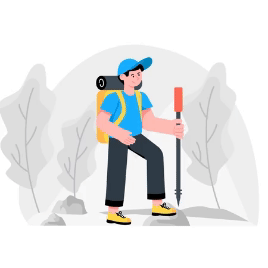

Global
Branches
Destinations
in Nepal
Years
Experience
Happy
Travellers
Your adventure, our priority—before, during, and after your trip!

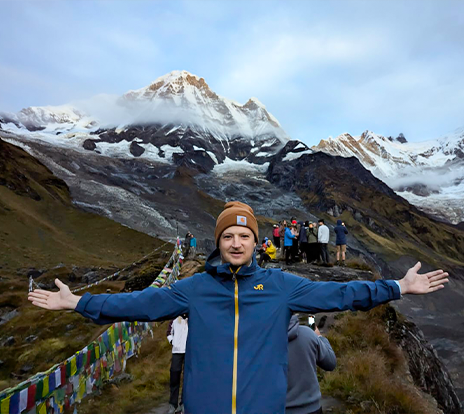
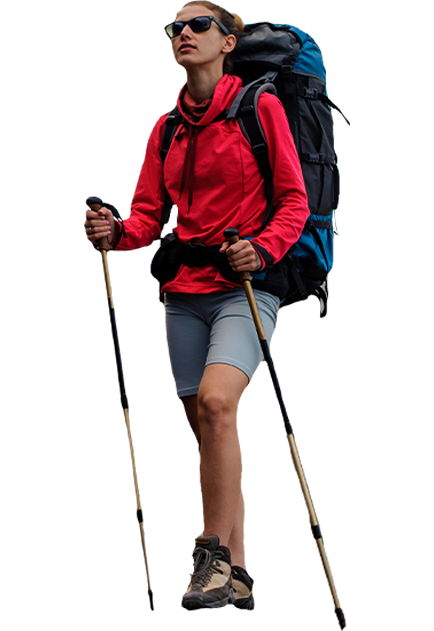

Navigate Nepalese Mountains with Confidence
Group Departures with Special Discounted Rates
| Package Name | PAX | Price (per PAX ) | Departure Date/s | Status | Action |
|---|---|---|---|---|---|
| Everest Base Camp Trek 14 Days | 2-6 Pax | USD 1450 | 05 to 21, September 2025 | Booking Open | Make an Enquiry |
| Everest Base Camp Trek-14 Days | 16+ Pax | USD 1300 | 03 to 17, September 2025 | Booking Open | Make an Enquiry |
| Gokyo Valley Trek 13 Days | 2-6 Pax | USD 1389 | 02 to 15, September 2025 | Booking Open | Make an Enquiry |
| Annapurna Base Camp Trek-14 Days | 7-10 Pax | USD 1050 | 07 to 21, September 2025 | Booking Open | Make an Enquiry |
| Manaslu Circuit Trek-13 Days | 16+ Pax | USD 1250 | 02-15 September, 2025 | Booking Open | Make an Enquiry |
Discover a variety of experiences crafted by our team to suit your unique interests and preferences.
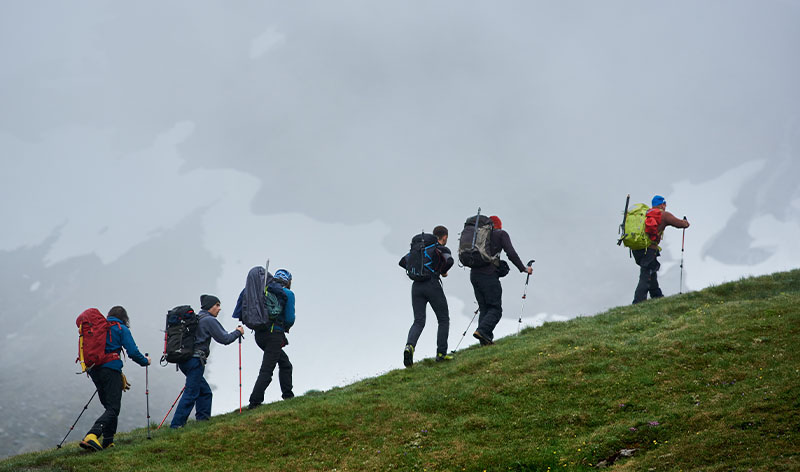
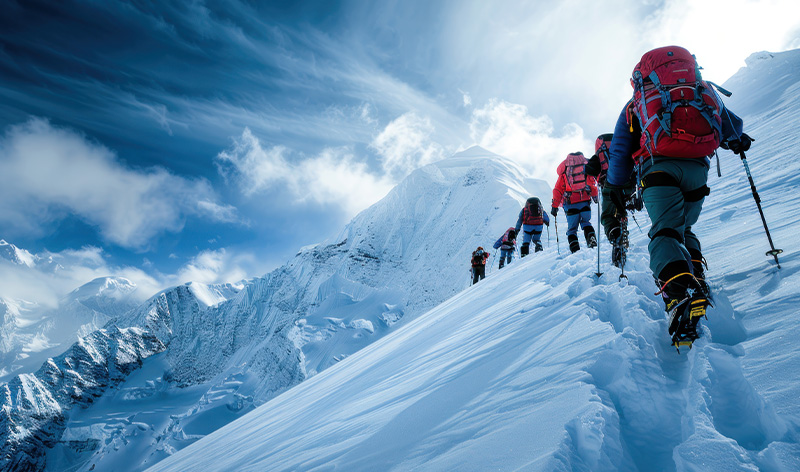
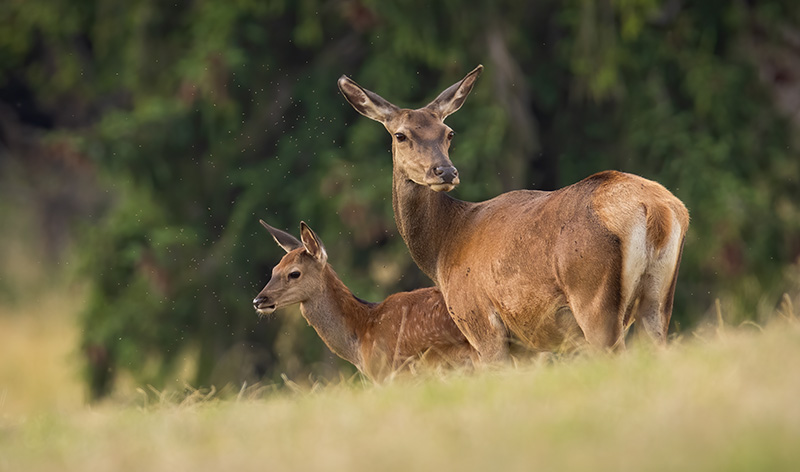
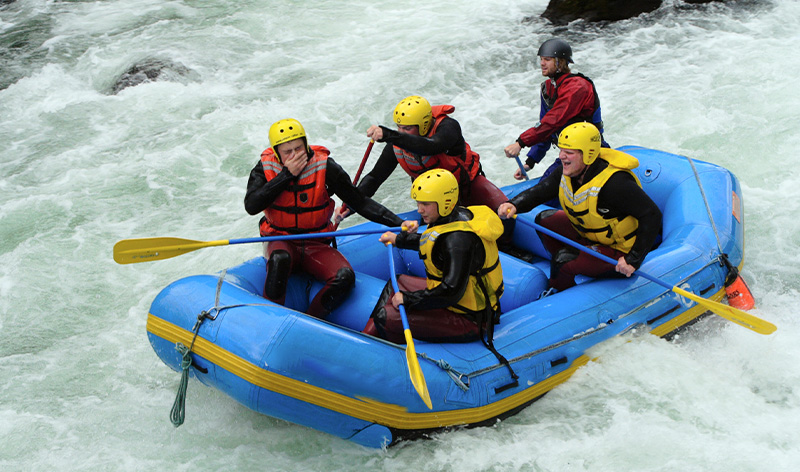
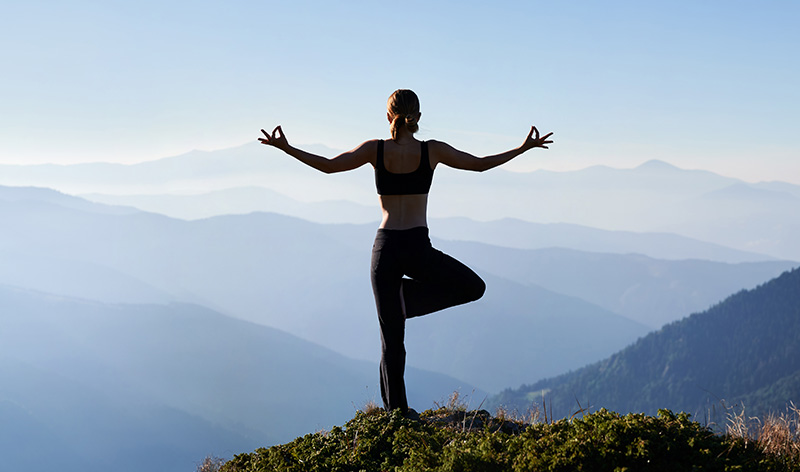
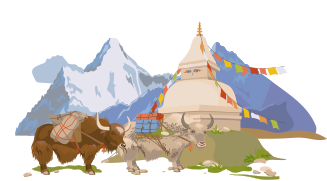
Best destinations for the year
The Best Himalayan Travel Partner you can trust
Our expert team of local professionals, based in the Himalayas, ensures a genuine and immersive experience, connecting you to the essence of Nepal on every trek.
Learn MoreWe prioritize your safety with fully trained, health-certified guides and staff who provide expert care and ensure your journey remains secure and memorable.
Learn More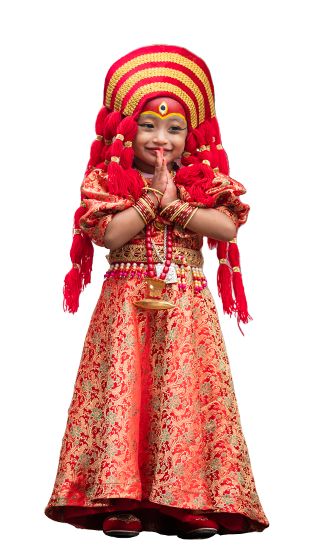
Our carefully crafted itineraries combine exceptional value with premium services, offering enriching experiences that guarantee a seamless, top-quality adventure.
Learn MoreWe are dedicated to giving back to local communities through charity projects and social initiatives, supporting sustainable tourism and empowering local participation.
Learn MoreExplore rich Bhutanese Culture, Heriatage & Nature
Queries We Hear From Most Travellers
Nepal offers a plenty of trekking routes, but some of the most popular ones include the Everest Base Camp Trek, Annapurna Circuit Trek, Langtang Valley Trek, and the Manaslu Circuit Trek. Each route has its own unique charm and challenges, provding to a wide range of trekking preferences
The best time to trek in Nepal is during the pre-monsoon (spring) season from March to May and the post-monsoon (autumn) season from September to November. During these times, the weather is generally clear with mild temperatures, making for ideal trekking conditions and stunning views.
The level of fitness required depends on the specific trek chosen. While some treks are more challenging and require a higher level of fitness and endurance, there are also plenty of shorter and easier treks suitable for beginners or those with moderate fitness levels. It's essential to choose a trek that aligns with your fitness level and interests.
For most treks in Nepal, you'll need to obtain a TIMS (Trekkers' Information Management System) card and/or a permit depending on the region you plan to trek in. Additionally, if you're trekking in a restricted area or national park, you may need special permits. It's essential to check the latest requirements and regulations before embarking on your trek.
Safety should always be a priority while trekking in Nepal. It's crucial to stay hydrated, acclimatize properly to altitude, and be prepared for changing weather conditions. Following your guide's instructions, sticking to designated trails, and carrying essential gear such as a first aid kit, navigation tools, and extra clothing are also important safety measures.
Latest posts & articles related to Asian Destinations!
More Reasons Why Travellers Trust Us